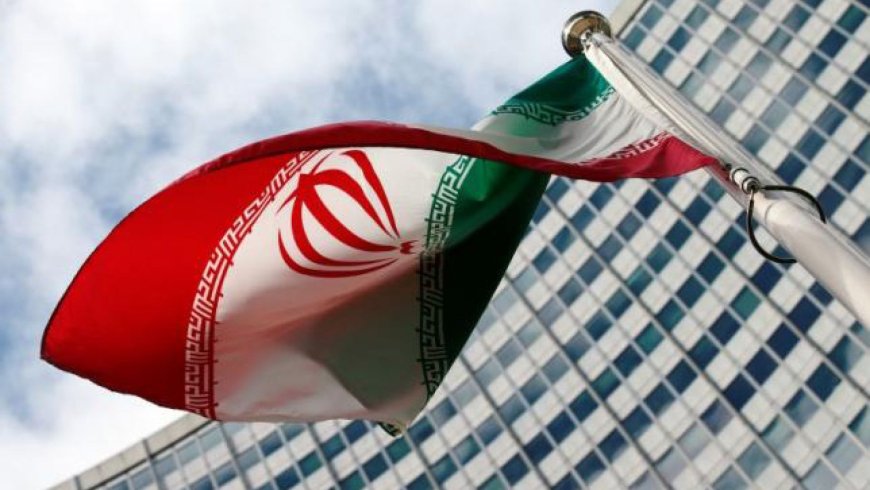Uncuffing Iran Could Backfire on Oil Markets

The prospect of ending U.S. sanctions against Iran looked rather distant just a couple of weeks ago, but now President Trump is signaling that he wants to make a deal and is serious about it. Lifting the sanctions would have significant implications for the oil market—and some unintended consequences.
The most obvious effect of sanction removal, of course, would be a further decline in oil prices. In March, for instance, a fresh round of sanctions that the Trump administration slapped on Tehran served to offset a bearish report from the International Energy Agency, propping up international prices. Since then, further sanction additions have helped limit the price slide in Brent crude and WTI. With sanctions gone, the slide will accelerate—for a while.
One perhaps not-so-obvious effect of removing sanctions on Iranian oil would be financial pain for independent Chinese refiners. The presence of sanctions has already been disruptive to this segment of the refining industry in China, with reports from earlier this month saying the pressure campaign was putting a premium on Iranian crude, which teapots had gotten used to being cheap. But the absence of sanctions will also be disruptive, some argue, because it would erase the sanction-related discount.
Venezuelan, Iranian, and Russian oil share this discount. Sanctions make moving the oil abroad harder, so producers are forced to discount it in order to entice buyers. Once the sanctions are gone, the need for such a discount vanishes, and the price is left to the market. This could be life-threatening to Chinese independent refiners, Reuters’ Ron Bousso wrote in a recent column. Bousso argued that cheap oil is vital for many of these refiners and even though the removal of U.S. sanctions would make oil cheaper still, this would either not last for a very long time or be insufficient to maintain teapots’ profit margins, slim as they are already.
The argument sounds a little bit confusing since it is quite likely that the ramp-up of Iranian oil production would also contribute to prices remaining weak – and good for teapots. Indeed, Bousso acknowledges that Iran’s oil production has proven unexpectedly resilient to sanctions, maintaining an average level of 3.3 million bpd last year. Then again, the price slide following any hypothetical removal of sanctions may prove to be more temporary than many assume.
The International Energy Agency has been reporting crude oil stock builds for three years in a row. Now, actual consumption data is in, and the IEA has had to make a significant revision: the world has not actually seen increased crude oil stocks. It has seen a drawdown in crude oil stocks. Earlier, the IEA had estimated builds totaling some 220 million barrels over the three years to 2024. Now, the physical world data shows that inventories in the period actually dropped by close to 75 million barrels.
This is just one instance of how assumptions based on modeling and simulation rather than on hard data—often for lack of such data—could mislead. The assumed effect of sanctions and sanction removal on oil prices is similar. If the United States does decide to lift sanctions on Iran in order to get from Tehran a commitment that nuclear weapons development will be taken off the table, oil prices will fall. But they may fall only temporarily, what with all the warnings of peak shale in the U.S. and the outlook for resilient demand that has withstood scores of bearish forecasts only to prove them wrong. The removal of Iranian sanctions would certainly strengthen this demand by virtue of its negative effect on oil prices.
By Irina Slav for Oilprice.com










































